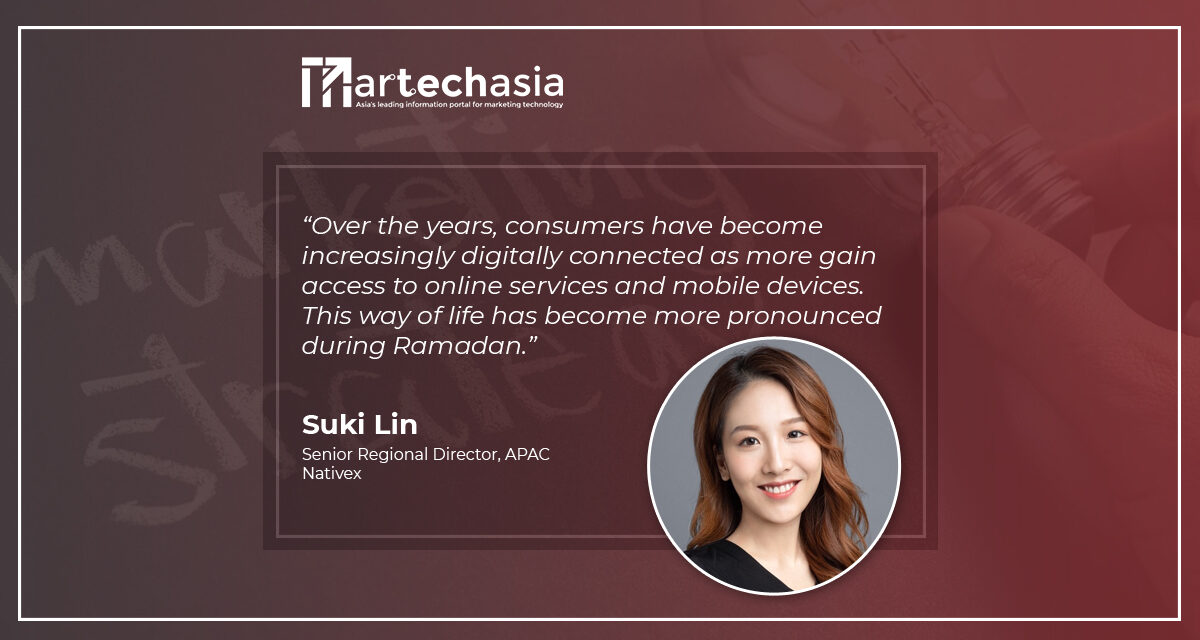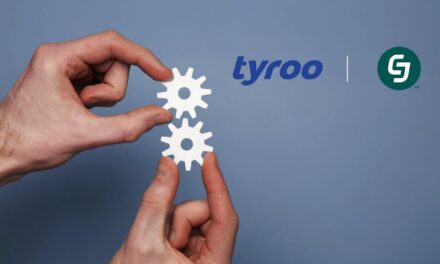Every year Ramadan comes as a landmark event for Muslims across the world. How brands can connect with Muslim consumers and deliver impactful campaigns during this holy month?
Every year, Muslims all over the world observe Ramadan, a month-long period of fasting, prayer and reflection – and a unique demographic of this size also presents compelling sales opportunities for brands. In Southeast Asian countries like Malaysia and Indonesia, where Ramadan is observed by many, marketers will need to familiarize themselves with prominent consumer preferences during Ramadan and tailor their approach to appeal to the Muslim community.
Shifts in consumer behaviour during Ramadan
Over the years, consumers have become increasingly digitally connected as more gain access to online services and mobile devices. This way of life has become more pronounced during Ramadan – more have turned to digital platforms for their everyday activities and needs. For example, digital payments have come to the fore as the preferred mode of payment when it comes to making Ramadan-related purchases.
Beyond the increasing reliance on digital services, consumers are also spending their time differently during Ramadan – and this can in part be attributed to a significant shift in daily routines. For those spending more time at home, this frees up their schedules and more are seeking entertainment, be it through gaming or watching videos. According to eMarketer, gaming continues to reign supreme, as 44% of Indonesians selected online gaming as the digital activity of choice in the first week of Ramadan. A Google report also revealed that online videos have become an integral part of the festivities for Indonesian Muslims, as more watch videos on family gatherings and feasts (or Munggahan) to accompany their Ramadan celebrations.
Ramadan also involves elaborate preparations for the celebrations at the end of the fasting month, and this is correspondingly marked by a prominent spike in shopping, credit loans and personal banking activities. Many Muslims have been turning to online platforms to make purchases and it is not difficult to see why – some reasons include the availability of exclusive discounts (for example, when using specific apps or platforms), the convenience of ordering from the comfort of one’s home, as well as free shipping. Data also shows that user demand and search traffic volumes on shopping platforms will grow throughout the month, as more than 60% of consumers use mobile devices for Ramadan shopping.
In light of these evolving consumer preferences, how can marketers tailor their strategies to cater to the Muslim population and effectively connect and engage with them?
Four key takeaways for marketers during Ramadan
Firstly, getting a head start on marketing efforts during Ramadan will go a long way in ensuring that brands reach the right audience. As marketers across all sectors ramp up their efforts during this period, planning ahead will help businesses identify salient opportunities. Having an early start also means that marketers can start building brand recall ahead of other companies and create a deeper impression for those preparing for Ramadan.
Timing is an especially important consideration when it comes to the overall strategy and scheduling content. As Muslims typically fast from sunrise to sunset during Ramadan, this means that regular patterns of online content consumption will be disrupted. Retailers have to take the meal times observed – Sahur (pre-dawn meal before fasting) and Iftar (meal to break fast after dusk) – into consideration, and time their content accordingly. This will allow businesses to narrow down the time of the week or day to leverage the uptick in online transactions and activities.
When crafting marketing strategies, marketers should continue to lead with a mobile-first approach. While adopting integrated and omnichannel campaigns has become especially critical in the past three to five years, mobile-led shopping continues to remain front and center. With the vast majority of consumers relying on their mobile devices as the first point of interaction, brands will need to prioritize their mobile-first offerings and take these preferences into consideration when crafting their marketing strategies. They will also need to look into ways where they can leverage popular mobile apps as channels to amplify their content.
The holy month of Ramadan is centered around gratitude, family and community. As such marketers will need to be respectful of the cultural nuances associated with the festive season and tailor their ad creatives accordingly. During festive periods, emotionally-charged content appeals strongly to audiences as they reiterate the core values behind the festivities and celebrations. They can feature targeted campaigns that highlight memorable content and personal stories aligned with the spirit of celebrating Ramadan.
Applying these tips will undoubtedly go a long way in optimizing marketing approaches. Brands that pay close attention to these nuances when it comes to planning for campaigns during Ramadan will find themselves well-equipped to capture market share and reach new audiences.
To learn more about the key trends and insights for marketing during Ramadan season, download this eBook which delves into how brands can leverage these trends to further scale their business.


















